
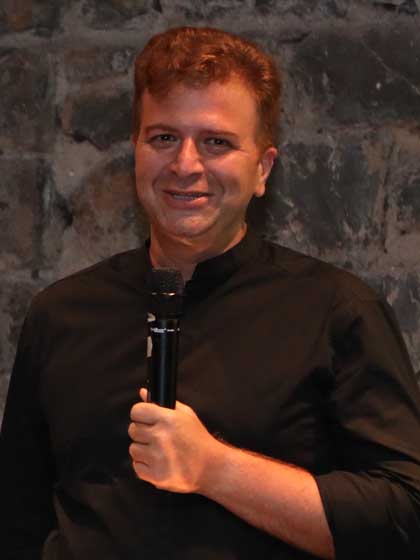
Founder of sP+a, Sameep Padora and his team at sPare Shreyank Khemalapure, Tanushree Agarwal, Aayushi Joshi, and Chinmay Shidore presented 18 case studies in the form of an exhibition, which gives us an insight into the lives of Mumbaikars through their building codes. (de)Coding Mumbai showcases the last 100 years of regulations for housing in Mumbai that have shaped the housing and urban form of the city impacting the lives of its residents. Chetan Kulkarni (CMK) of MyLiveableCity spoke to Sameep Padora (sP+a) about (de)Coding Mumbai, an exhibition by sPare.
CMK: How has code compliance, or the lack thereof, shaped the urban form of Mumbai? While ‘decoding’ Mumbai, what was your process of mapping and analytical drawing?
sP+a: The first codes of Mumbai were written post the plague of 1896, which focused on creating better living conditions for the citizens; this included distance between buildings, the relationship of the building with its plot and its street and hence the neighbourhood, and the city. While all these codes still exist, embedded in these buildings from that era, a lot of the focus on light and ventilation has largely been forgotten. So today, when you see the city, you can see a distinct difference between the fabrics that complied to those codes as opposed to those that are insensitive to the need for light and ventilation that are created today. By drawing these various projects and comparing them and understanding their physical space – the distance between buildings, the densities that occupy these buildings – the documentation makes evident what we’ve always suspected, that building more in terms of FSI doesn’t translate into high densities and unqualified high density doesn’t translate into the best living environments.

CMK: What are the major successes and failures of the schemes selected in your case studies?
sP+a: One of the most interesting projects we documented was the Nagari Nivara housing in Dindoshi, Goregaon. This project created a housing stock for the city in the sense that it was self-developed by residents of the project and the land availability was the outcome of the Urban Land Ceiling Act.
One of the main failures, in our belief, is the SRA project. While on the face of it, it seems to provide free housing to those who lived on the site prior to the development, what it actually does is deplorable from the point of view of access to light and ventilation and it also completely undermines the need for common socio-cultural spaces due to the limited unit sizes. There is also a disparity between what is built for sale and what is built for rehousing, which is extremely polarising and creates a class divide in the kinds of housing on the same site.
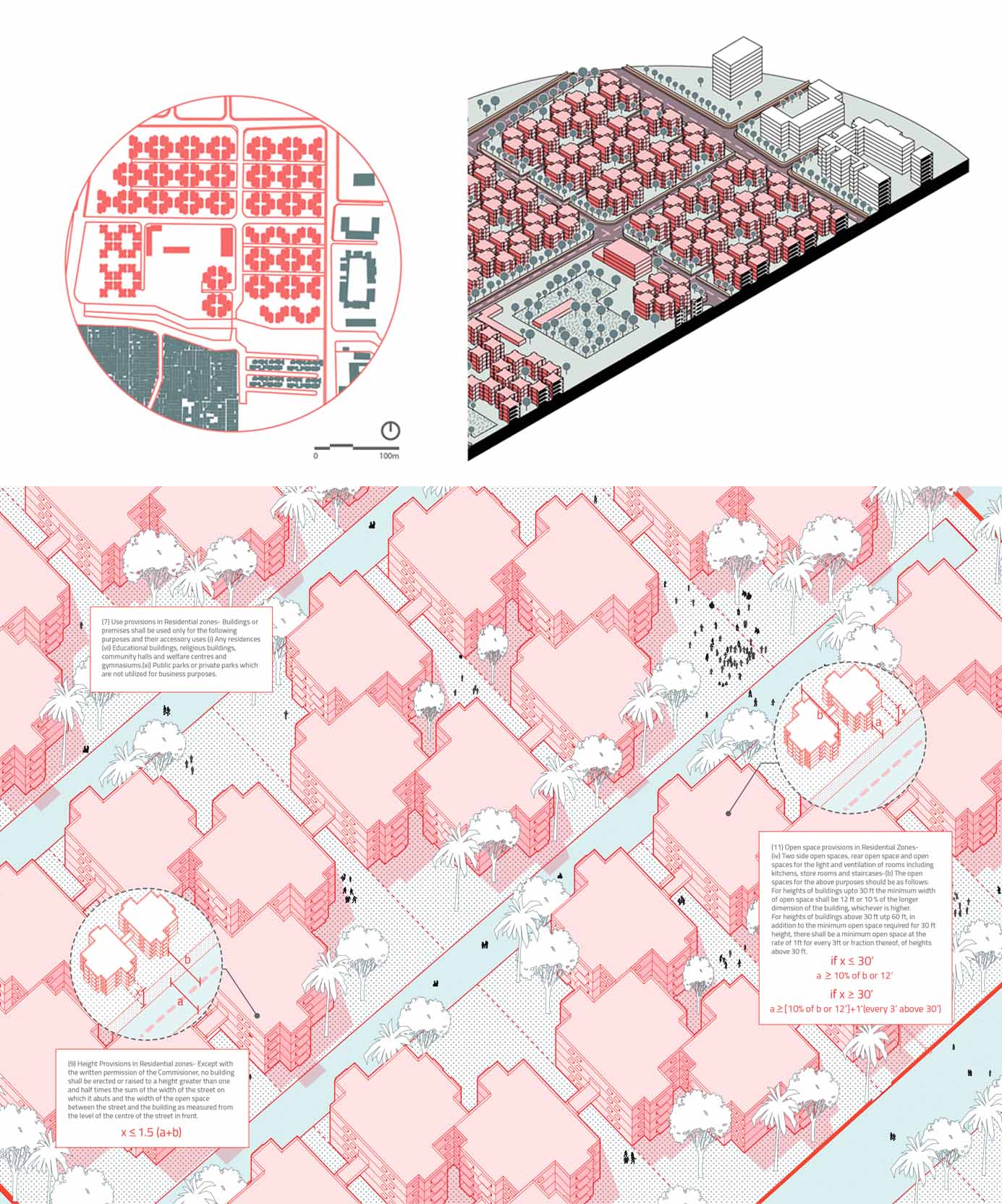
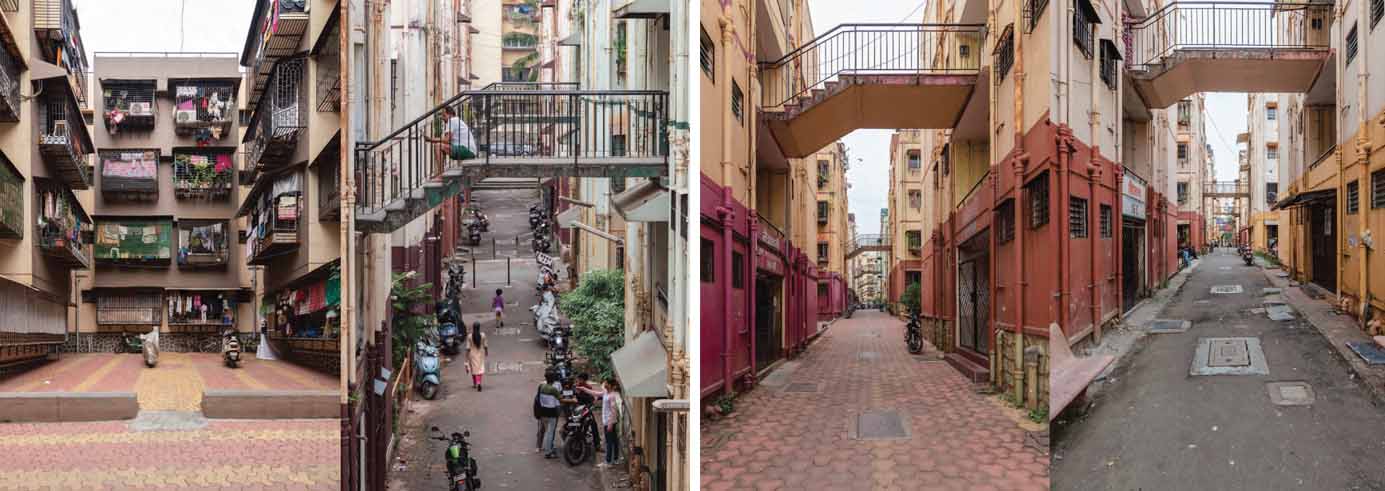
CMK: For those involved in encoding Mumbai to guide future developments in Mumbai, what urgent modifications to existing codes would you recommend to them?
sP+a: Currently, the development plan of the city and the development code for buildings on the plots operate almost independently. The challenge in that is that the building situated on the plot has nothing to do with the development of the neighbourhood and is concerned primarily with quantifying or increasing the buildable footprint and the area consumed vertically on the plot. Hence, there is no real understanding of how the development of the plot can dovetail into the manifestation and quality of the neighbourhood and eventually into the entire city. So, one urgent change would be to create a process where you ask how the building development contributes to what the neigborhood/city is at large.
There is no real understanding on how the development of the plot can dovetail into the manifestation of the neighbourhood and eventually into the entire city
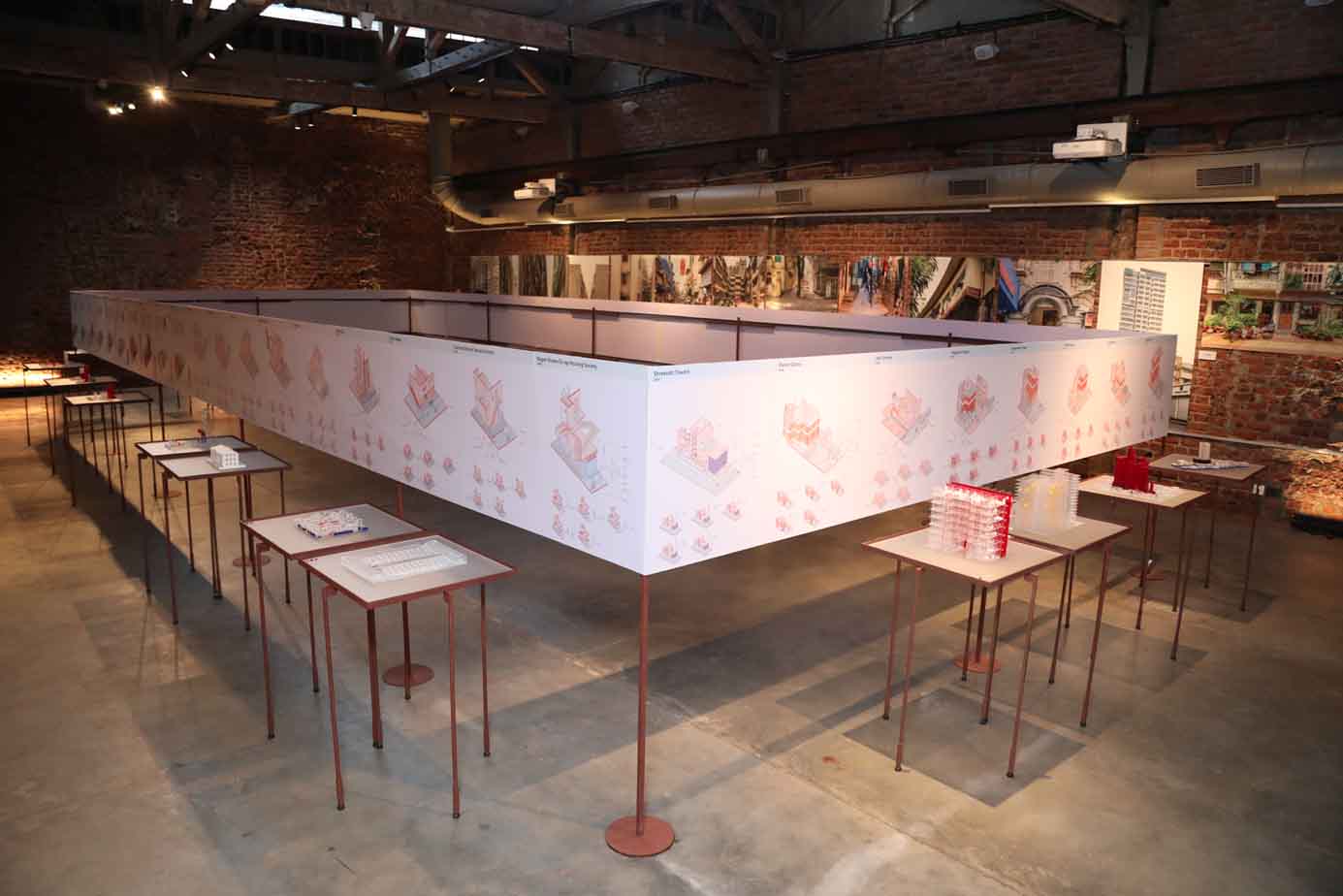

Right: Building Model
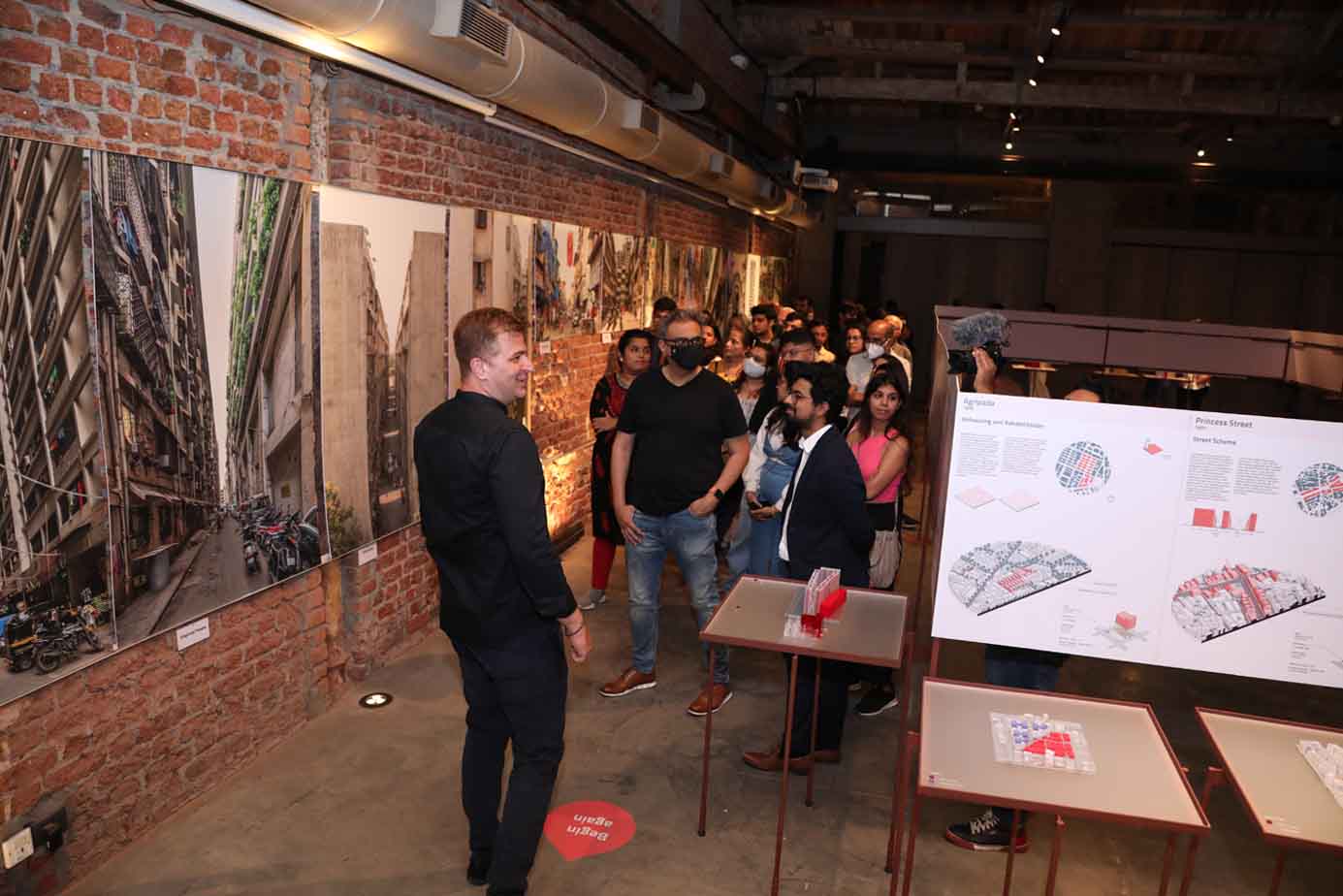
CMK: How do your graphical case studies rethink the representation of building codes in order to reflect the challenges like climate change?
sP+a: Building codes today are written very opaquely and need consultants to interpret them, which becomes extremely subjective. What we are trying to advocate is to create a transparent way to represent these building codes. Along with this we are also advocating that we move away from the FSI format of development to form-based building codes. The first codes that were written for Mumbai post-plague were graphical as well and so it’s not a new phenomenon and we can adapt to that. Besides this, given the fact that there is an impending climate change scenario, we need to consider a strategy that addresses the need for resilience strategies within the development plan.
Photo Credit : Authors including sP+a, sPare, IFBE
[In addition to the two-week exhibition at IFBE, the space also includes a programme with exhibition tours and a keynote lecture (de)Coding Mumbai by Sameep Padora. (de)Coding Mumbai is a research exhibition that is on display at IFBE, a new art, design and architecture space that opened recently at Ballard Estate in Mumbai. The new space, which was previously an ice factory in one of Mumbai’s oldest dockyards, has been reinvented by Malik Architecture.]


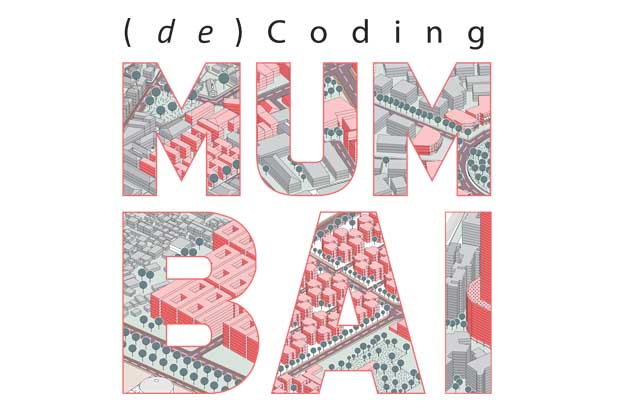

Comments (0)